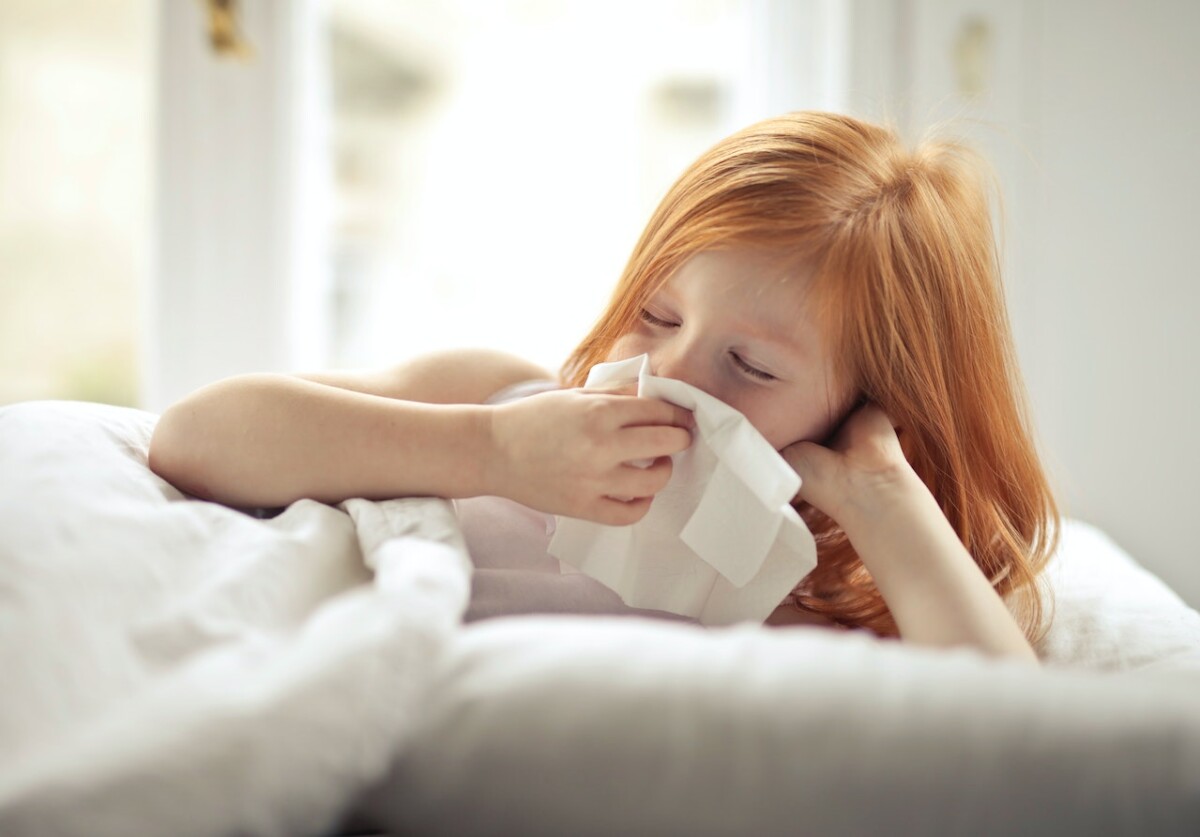
Jodi Bobbitt, the school nurse at William Ramsay Elementary in Alexandria, Virginia, is always ready to see children with a wide range of injuries and illnesses. One day during the first week of school, the parade started before the first bell when a little girl walked in with red, irritated eyes.
Then it got busy.
A student fell from the monkey bars and another tripped while playing tag. Two kids hit each other’s heads with lunchboxes and needed ice packs. A young boy had a stomachache. Bobbitt also saw her regular kiddos: one who has special needs and uses a wheelchair and another who has diabetes and gets his blood sugar checked daily before lunch.
“Every day, I’m seeing more and more [youngsters],” Bobbitt, who is a certified nurse practitioner, said with a smile. “I saw more today than yesterday, so we just have to wait and see what the year has in store.”
As the only school nurse at this suburban Washington, D.C., elementary school, Bobbitt’s responsibilities extend beyond treating scraped knees and sniffles for the school’s 600 pupils. At her under-the-sea-themed clinic, she administers medications, teaches kids about health care, and conducts routine health screenings. As the school nurse, she also serves as a public health point person — tracking student vaccinations, linking parents to local health care resources, and communicating sometimes difficult messages to them, such as warnings about sexually transmitted diseases and signs of depression.
It’s a full plate, but Bobbitt considers herself lucky. In a previous school nursing job, she split her time between two buildings within the same school district — some years three. What hasn’t changed is that school nurses play a critical role in keeping students healthy and ready to learn, but it’s an often-unrecognized field for which schools struggle to attract and retain employees.
More than a third of schools nationwide don’t have a full-time nurse on-site, according to a 2021 survey by the National Association of School Nurses. The schools that don’t have a dedicated nurse either share one with other campuses, or don’t have one at all. Meanwhile, the nation is facing high rates of chronic illnesses among K-12 students, such as diabetes and asthma, along with an unprecedented mental health crisis among youth, and school nurses are at the front lines — often, alone.
School nurses’ roles were further complicated by covid-19. Since the pandemic took hold, they’ve been tasked with tracking cases and tracing exposures. An “extreme load of work was put on school nurses’ shoulders during the pandemic,” said Kate King, president of the NASN.

They got caught in the middle between anti-maskers and maskers and anti-vaccine and pro-vaccine parents, and were the point of contact whenever students had to quarantine. “School nurses are used to interacting with parents who are angry,” said King, but because of the pandemic “that anger just got to levels we had never seen before.”
In general, kids’ attendance and learning can suffer when students don’t have access to a school nurse. “You’re going to see more absences,” she said, citing a study from the Journal of School Nursing that found students with illnesses or injuries were sent home 18% of the time when evaluated by an unlicensed school employee while only 5% went home after being seen by a school nurse.
Teachers and administrators are shouldering some of the burden by learning how to handle injuries and illnesses themselves, but “it doesn’t take the place of having a school nurse who can respond immediately,” King said.
Though there is no federal law requiring schools to have nurses on staff, the Centers for Disease Control and Prevention recommends at least one full-time nurse for every 750 students enrolled — but most states are missing the mark by miles. School nurses in California have one of the heaviest workloads in the country with a student-to-school-nurse ratio of 2,410 students for every nurse, according to the Public Policy Institute of California.
According to research organization Child Trends, California, along with 34 other states and the District of Columbia, requires schools to employ school nurses. Of those, 12 set required nurse-to-student ratios. Seven states encourage schools to have nurses on staff. Eight states don’t have mandates on the books.
Still, schools were scrambling over the summer to hire nurses.
Jessica Sawko, director of education for Children Now, a California-based nonprofit organization, said schools struggle not only to retain nurses but also encourage aspiring nurses to consider working in schools. Districts can’t compete with the salaries and benefits hospitals offer. The national median salary for school nurses is nearly $55,000 a year, but a registered nurse could make nearly $30,000 more annually working at a hospital.
In some states, school nurses need special certification in addition to their nursing degrees.
The lack of school nurses is a byproduct of a larger issue: the nation’s overall nursing shortage. Health organizations in general — even those that offer healthy salaries — are facing difficulties hiring and keeping nurses. Around 40% of nurses who participated in a 2023 survey by McKinsey & Co. said they were considering leaving their position.
As a nurse for junior high students, King said she is keenly aware that school nurses sometimes serve as students’ only contact with a health care professional, especially at her campus.
World Language Middle School in Columbus, Ohio, where King works, has a diverse student body and takes in many students who are new to the country. “So that requires school nurses like myself to have a very broad range of knowledge of diseases and symptoms,” she said.
Robin Wallin, director of school health services for Alexandria City Public Schools, said that another layer of this issue is that school nursing “is an aging cohort.” The district has at least one school nurse in each of its 18 campuses — but this year it was a challenge to fill every spot. That’s partly because many school nurses are aging out, starting to retire, she said. “We need to start to replenish our cohorts.”
Bobbitt said the nursing students who shadow her almost never imagine themselves working in a school. “They want to work in the ER, they want to work in the hospital, they want to work in the NICU, or somewhere where they can have that adrenaline,” Bobbitt said. “This is a little different,” she said, adding that it is fast paced in its own way.

Robin Cogan is a clinical coordinator at Rutgers University’s School Nurse Specialty Program in New Jersey, and she said one of the biggest learning curves for nurses who opt to work in school settings is that they are “often an independent practitioner,” which involves juggling a lot of responsibilities.
Meanwhile, Bobbitt, working in her brightly colored clinic, stays focused on her daily mission: to address the students’ needs as quickly as possible. “We don’t want them to miss very much school or much class work,” Bobbit said. “That’s our goal, right?”
KFF Health News is a national newsroom that produces in-depth journalism about health issues and is one of the core operating programs at KFF—an independent source of health policy research, polling, and journalism. Learn more about KFF.
Celebrity WEB Update— Premier Jewelry designer and manufacturer fashion house ParisJewelry.com has started manufacturing a new custom line of celebrity jewelry designs with 30% Off and Free Shipping. Replenish Your Body- Refilter Your Health with OrganicGreek.com Vitamin Bottles, Vitamins and Herbs. Become a WebFans Creator and Influencer.
